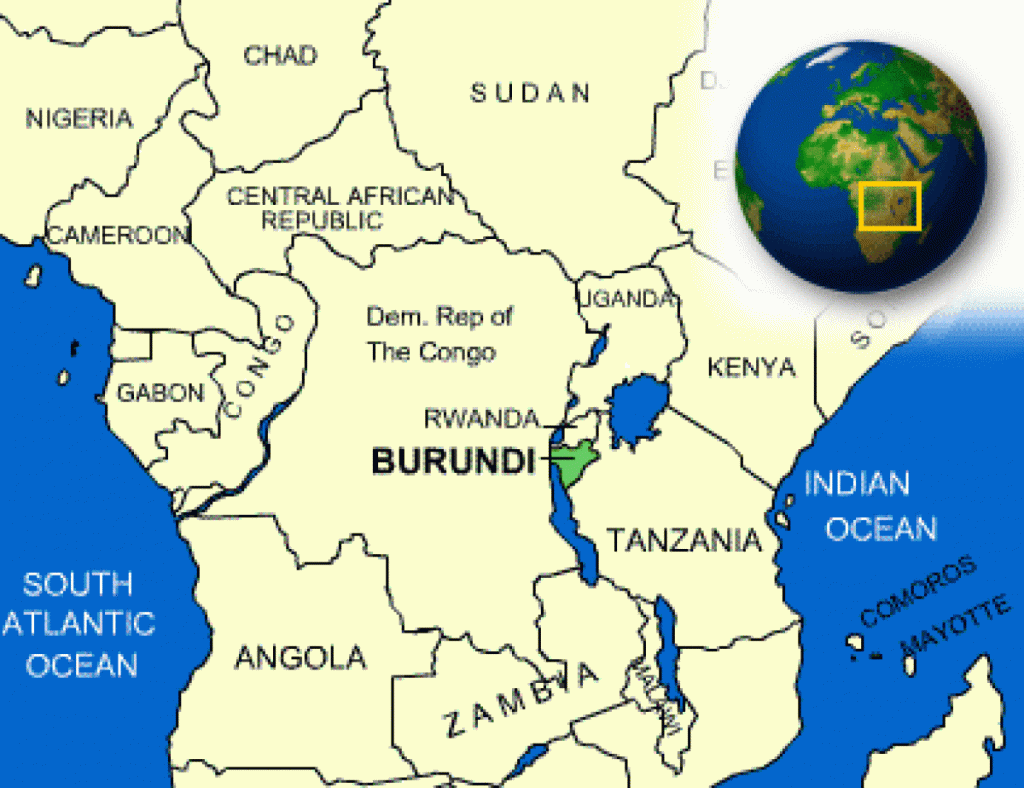Context:
Climate shocks, mainly the rapid and significant rise of Lake Tanganyika, caused at least 84 per cent internal migration in East Africa’s Burundi in the recent years.
Relevance:
Prelims (Maps), GS-III: Environment and Ecology (Impact of Climate Change), GS-I: Geography
Dimensions of the Article:
- About Lake Tanganyika
- About internal displacement in East Africa’s Burundi
About Lake Tanganyika
- Lake Tanganyika is an African Great Lake – the second-oldest freshwater lake in the world.
- Lake Tanganyika is the second-largest by volume, and the second-deepest, in all cases after Lake Baikal in Siberia.
- It is also the world’s longest freshwater lake.
- The lake is shared between four countries—Tanzania, the Democratic Republic of the Congo (DRC), Burundi, and Zambia.
- It drains into the Congo River system and ultimately into the Atlantic Ocean.


About internal displacement in East Africa’s Burundi
- Burundi is among the 20 countries most vulnerable to climate change. It has the most people living along the shores of Lake Tanganyika among the four countries bordering it.
- Lake Tanganyika rose to 776.4 metres (4 meters above average) above sea level in April 2021 due to heavy storms and subsequent flooding and landslides. Several homes and farms were inundated as a consequence.
- During the past two years, persistent heavy rain, followed by floods, landslides and strong winds, raised Lake Tanganyika to dangerous levels.
- Burundi faces the burden of impacts of global emissions and is very poorly adapted to climate change (ranked 171 out of 181 countries in the 2015 Notre Dame Global Adaptation Index).
-Source: Down to Earth Magazine



